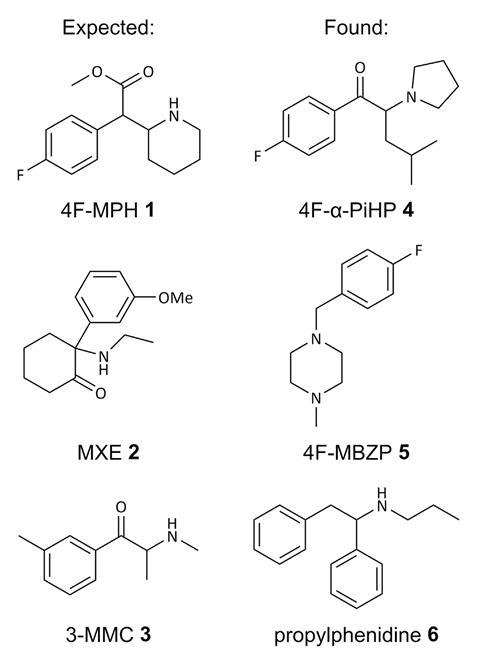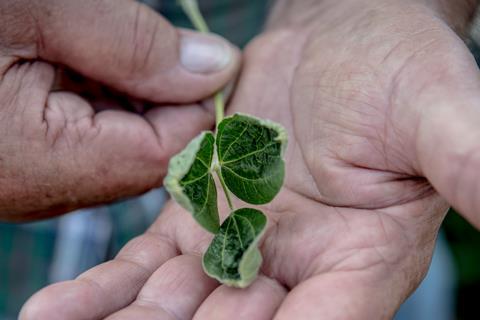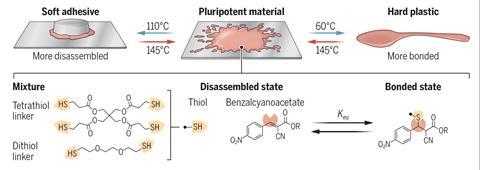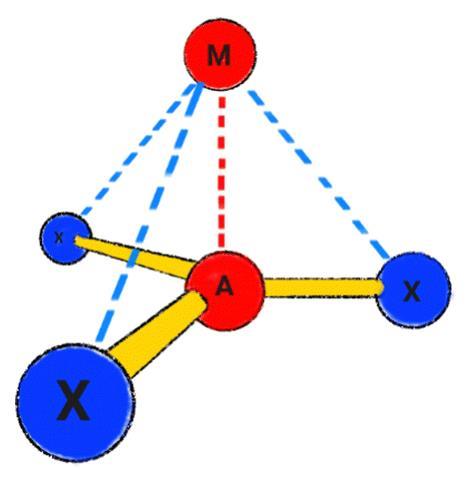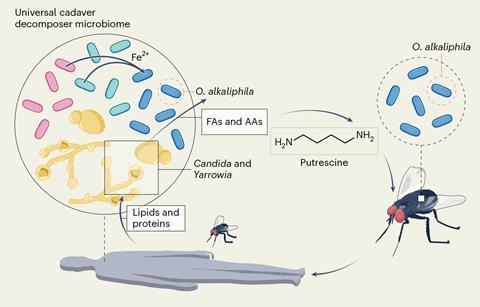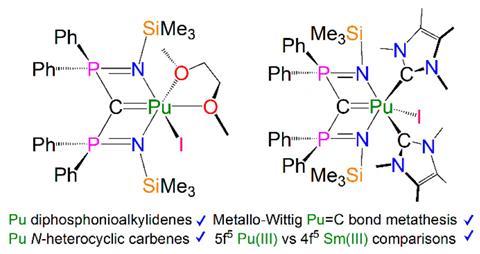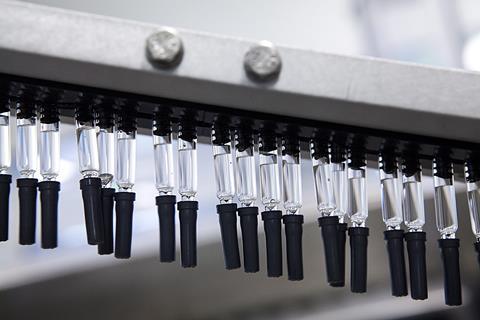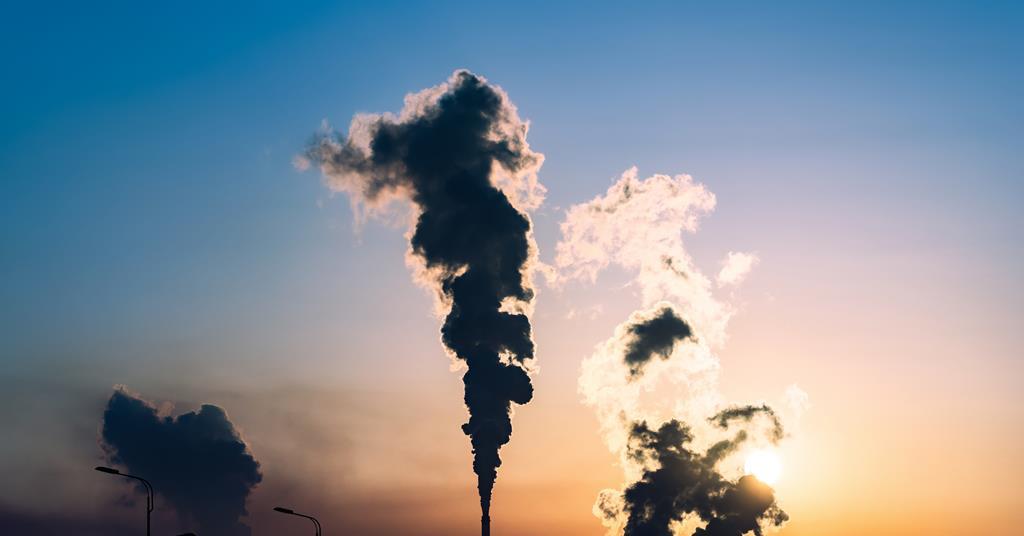Chemists in Australia have identified three new recreational drugs. Their effects are likely to be similar to ecstasy and ketamine. However, it’s not yet known how dangerous these substances are or what health impacts they have on the user. New psychoactive substances (NPS) are a diverse group of synthetic drugs that mimic the effects of […]
Read More